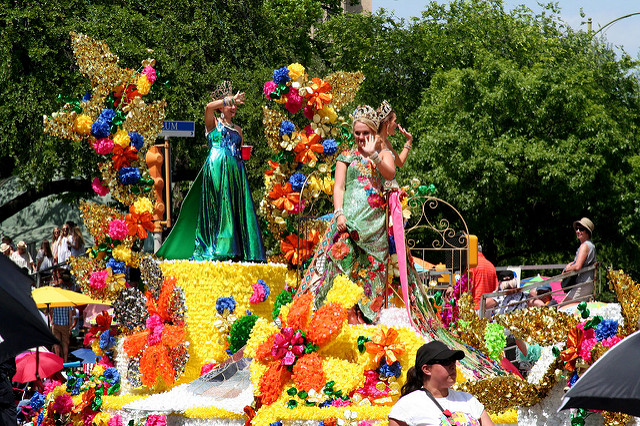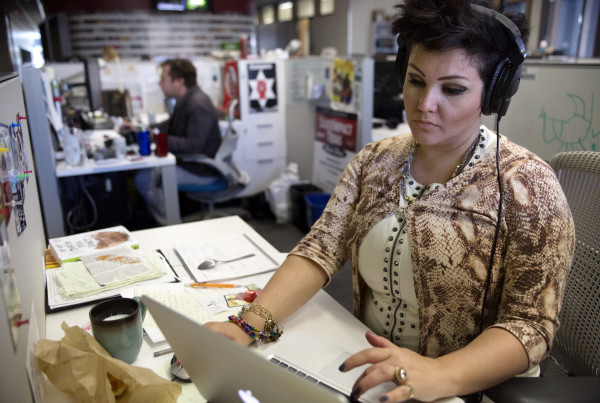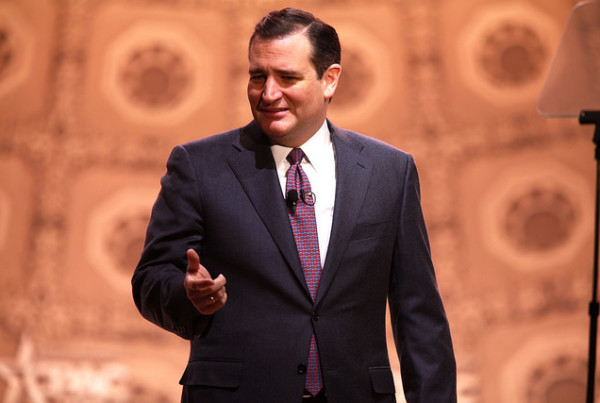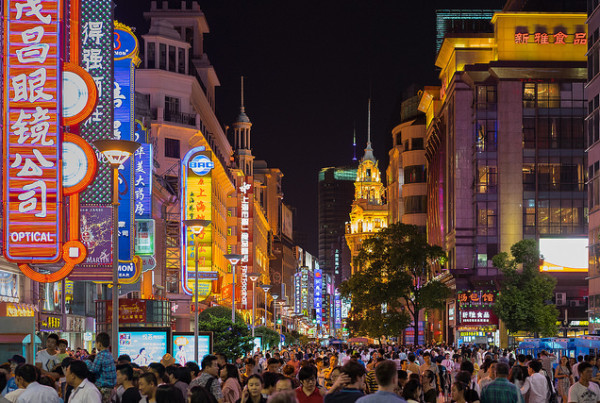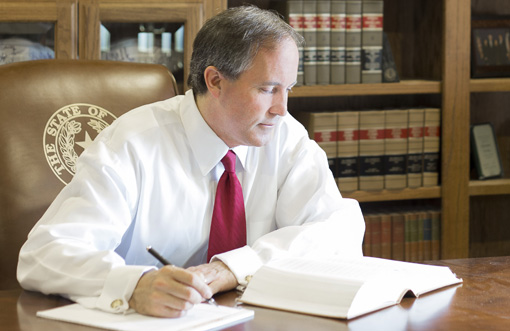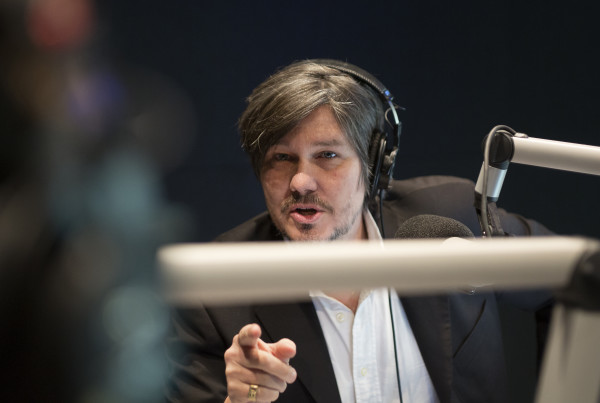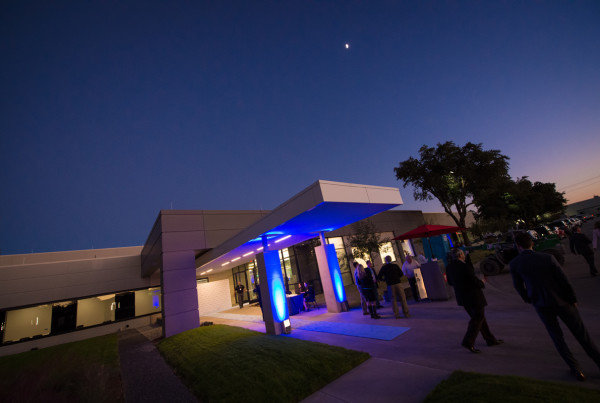If you’re not a San Antonian, you may not know that there’s a party going on right now. But if you’re a Texan, you sure should. They call it Fiesta, and its history goes back more than a century.
The annual party began back in 1891. In its earliest days the party was a sort of celebration and commemoration of the battles of the Alamo and San Jacinto. These days, though, its a little more complicated.
Dr. Laura Hernandez-Ehrisman is the author of “Inventing the Fiesta City” and a professor at St. Edwards University. She’s been going to the celebration since she was a child and says she’s seen Fiesta evolve over the years.
Although Fiesta began as a celebration of the Texas Revolution, it’s grown to be more of a representation of the city’s cultural identity. Hernandez-Ehrisman says that while she was growing up, she had no idea that the festival was originally celebrating Texas Independence.
“Over time, in order to make the festival more inclusive, the organizers had to distance itself a little bit from the Alamo,” Hernandez-Ehrisman says. “They had to kind of forget the Alamo, because, for a lot of people in the city – Mexican-Americans in San Antonio in particular – celebrations of the Texas Revolution were unfortunately connected to decades of violence and discrimination against that community.”
But over time, the festival has become more inclusive and has come to represent the San Antonio community as a whole.
“For the first 50 years of Fiesta, I think a lot of San Antonians felt that they were just invited to watch, but not really invited to participate,” she says. “Most of the people who played big roles – all of the royalty, all of the private parties – were sort for the elite. But after World War II it does become much more inclusive.”
Listen the full interview in the audio player above.


